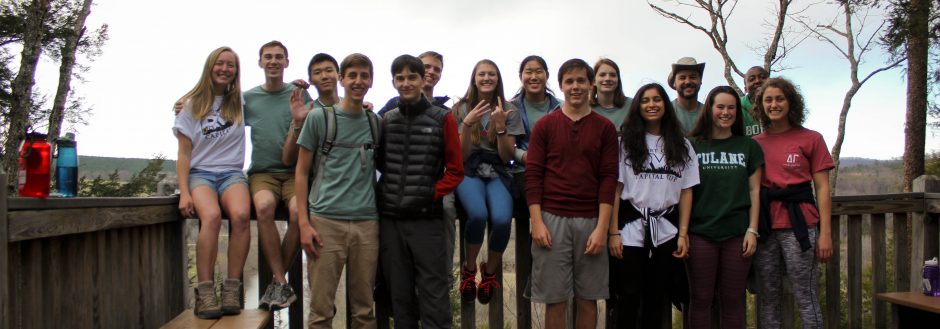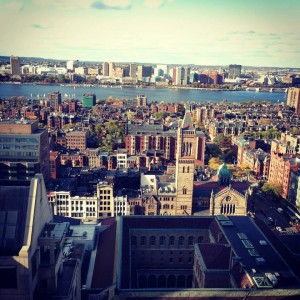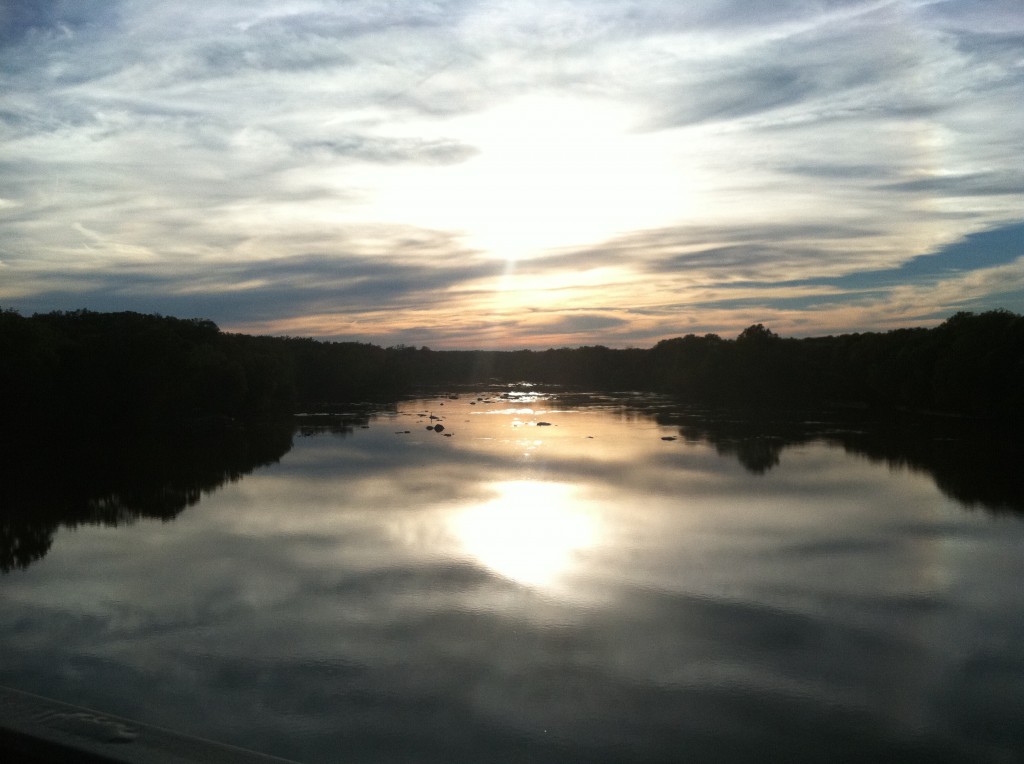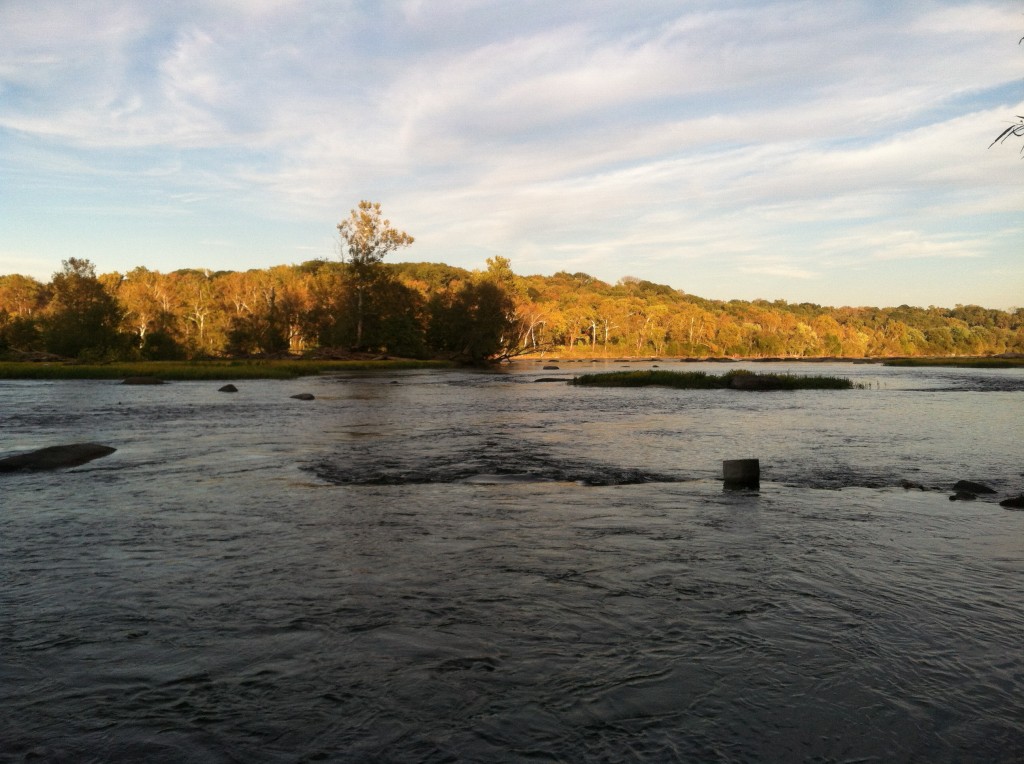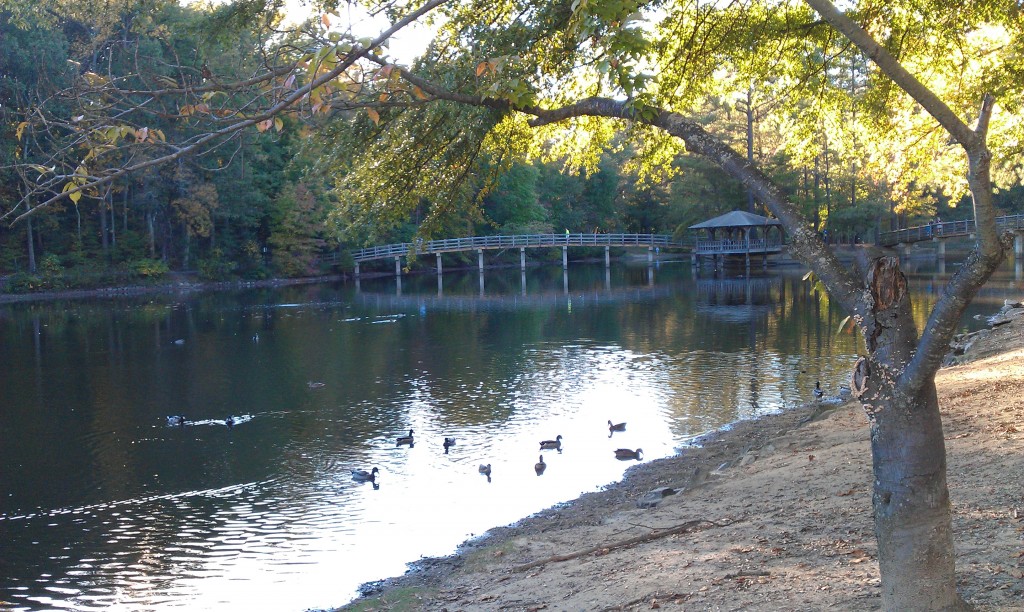This week was the second time I was able to do community service that involved the James River. It was a self directed clean up that took me and one of me fellow Earth Lodgers down to pony pasture to clean up the James River. When we first parked in front of the river, I did notice some big-ticket items to clean up. There were some bottles, cigarette cartons, and large candy bar wrappers scattered around where cars had been and so naturally, my first thought was, why don’t people just clean up after themselves? It would have been so easy to walk an extra couple of feet to the trashcan and throw the trash away. And no one could possibly say they couldn’t find a trashcan, because the lot was full of them. However, as my friend and I ventured further down the trails of the river and on its banks, my perception changed. The reality was that it was extremely hard to find trash to pick up. It was so hard, in fact, that it slowly became something like a competition to see who could actually manage to find trash at all. And what we did end up finding was either extremely random (I found a single flip flop), or extremely predictable (my friend found beer bottles in a spot that was flat and ideal for fishing). Frankly, the most common piece of trash we found were cigarette butts and even then, most of those were centered around the main road that followed the bank of the river and then further in near the parking lot.
Cleaning the river made me proud of Richmond. A lot of people have talked about how dirty the river is and how things aren’t in the best shape. This is true- the river could use some help. But from what I saw yesterday, people seem to understand that there are easy ways to slowly help the quality of the river increase. If the most we saw were some bottles and some paper cartons, I’d say we’re going down a pretty good path.
